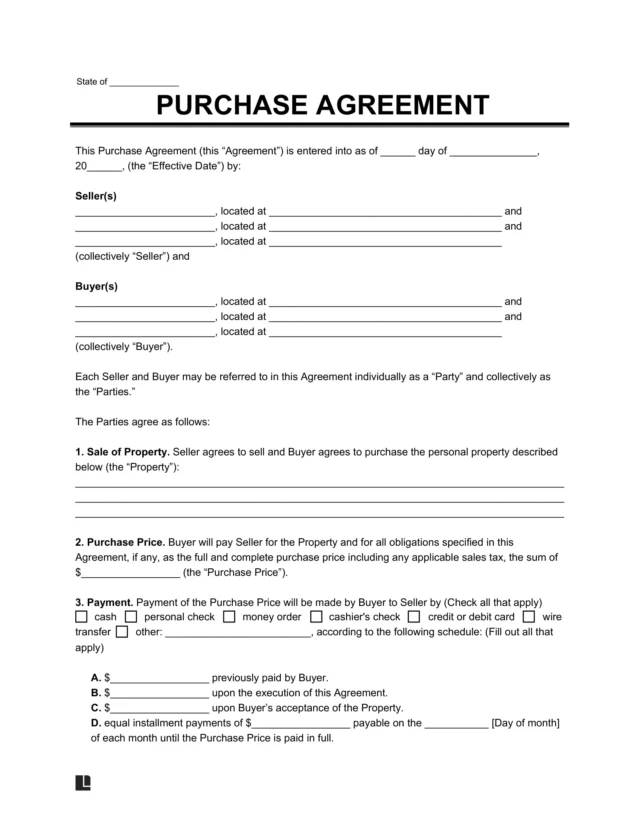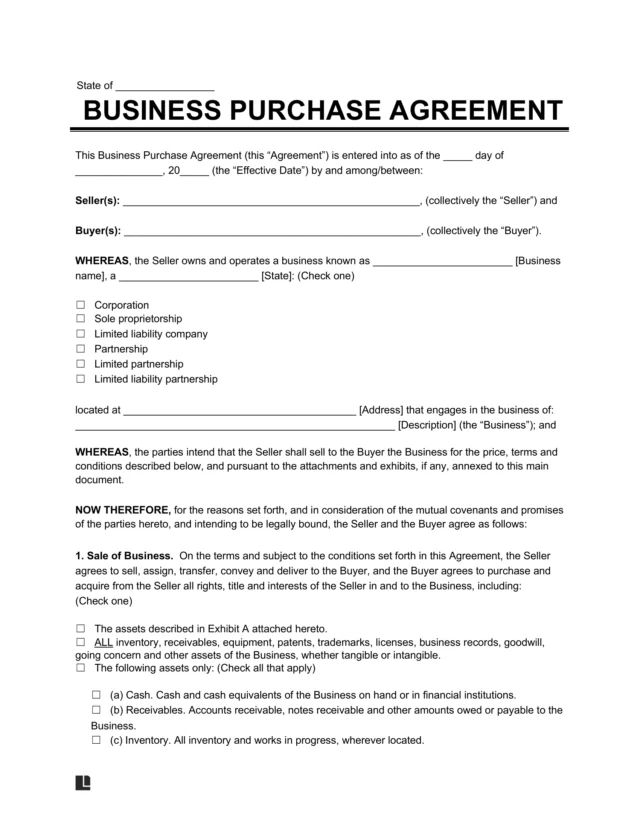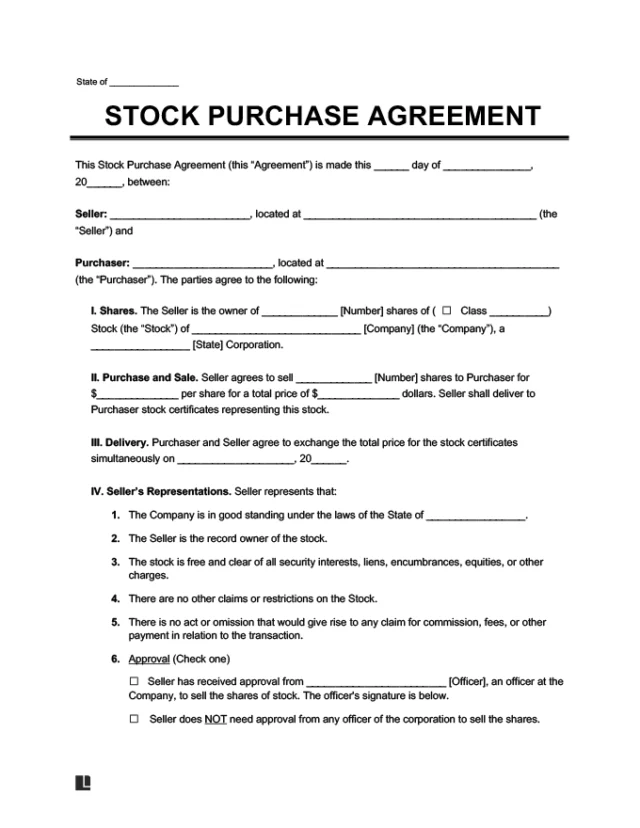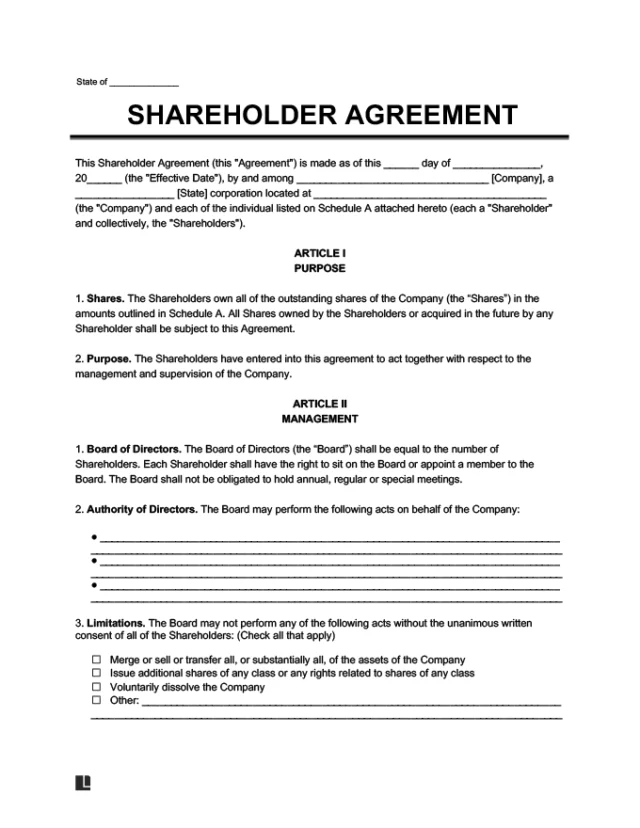A partner uses an Assignment of Partnership Interest form to sell their interest in the partnership to a new partner. Through the Assignment of Partnership Interest, the potential new partner (known as “the assignee”) agrees to pay the current partner (known as “the assignor”) in exchange for all the financial interests and obligations included in the partnership rights.
Keep in mind that in some cases, full partnership rights cannot be sold to the new partner unless all current partners also agree. Economic partnership rights, however, can still be sold without the agreement of all partners.
What is an Assignment of Partnership Interest?
An Assignment of Partnership Interest is a legal document that transfers the rights to receive benefits from an original business partner (“Assignor”) to a new business partner (“Assignee”).
It’s essential to learn about the types of partnerships and potential advantages and disadvantages of a partnership before entering into this business relationship.
This document will identify the following essential elements:
- Partnership Details: legal name of the business, its purpose, and date established
- Assignee: name and address of the new partner receiving the business interest
- Assignor: name and address of the old partner giving the business interest
- Partners: name and address of the remaining partners of the business
- Consideration: the amount of money exchanged for the business transfer
- Closing Date: when the assignment will end
- Signatures: all members of the original partnership and the assignee must sign
When is a Partnership Assignment Needed?
This document is needed to formally document a business transaction between the old and new partners.
Some partnership agreements contain a right of first refusal so that the original partners have a right to purchase the interest before an outside party. [1]
The Consequences of Not Having a Partnership Assignment
What happens if I do not have one?
Without this document, neither the old nor new partners are legally obligated to follow through with their promises to buy or sell the business’s shares. The Assignment may also clarify whether the new partner has the right to participate in the business’s operation, finances, or management.
For example, a full-fledged partner usually has the right to inspect the books, take possession of partnership property, and make decisions with other partners.
Otherwise, the new partner only has the right to receive a share of the profits and any distributions if the partnership ends.
Most partnership agreements only allow the transfer of the partner’s interest in the business so that the new partner can only receive the old partner’s share of the money but not have a say in the business operations or finances.
Common Uses for an Assignment of Partnership Interest
An Assignment of Partnership Interest is usually just one of several legal documents needed during the sale process. A Confidentiality Agreement plus a Purchase Order are also used to complete the transaction.
Here are just a few of the situations when this document is commonly used:
- Cash flow needs of the business change [2]
- Business assets are allocated differently
- The strategy of the partnership changes
- The regulatory environment presents new challenges
What Should be Included in a Partnership Assignment?
An Assignment of Partnership Interest should generally address the following:
- Who will be giving and receiving the business interest
- What rights does the assignee have in terms of operation or management
- Where is the business partnership located
- When was the partnership first established
- How much will the old partner receive in return for giving a part of their interests
Assignment of Partnership Interests Sample
Here’s what an assignment of partnership interests typically looks like:
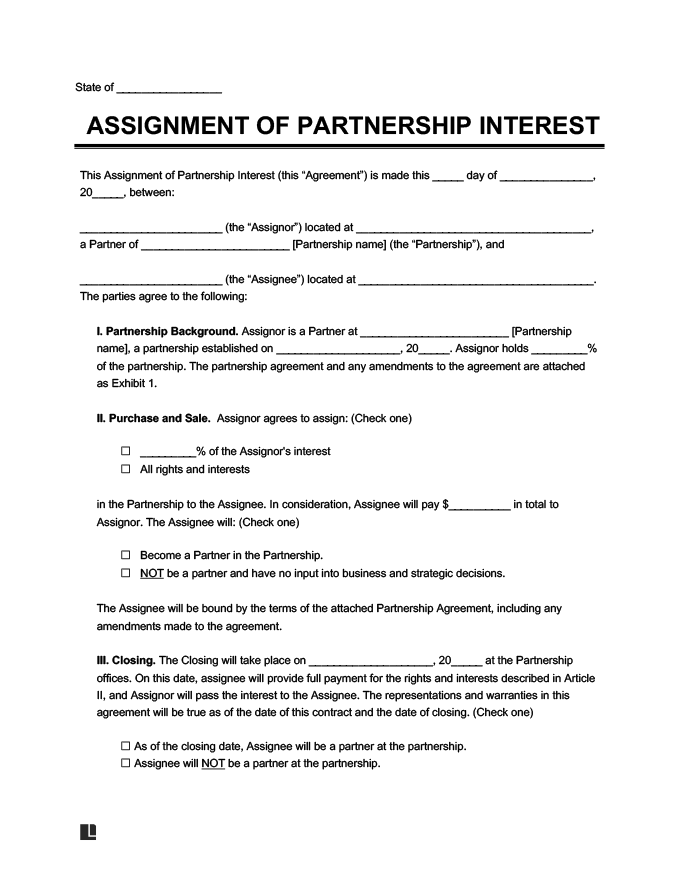
Use can download the free template in PDF & Word format or use our document builder to help guide you through the writing process.


